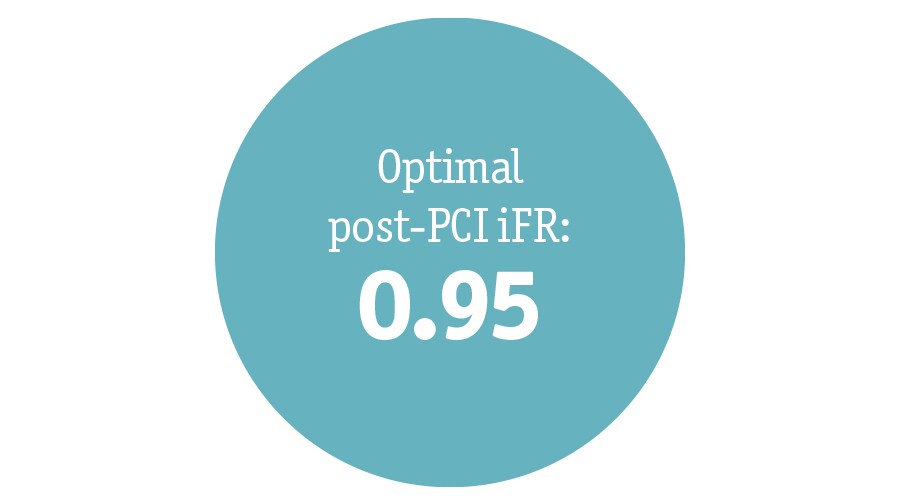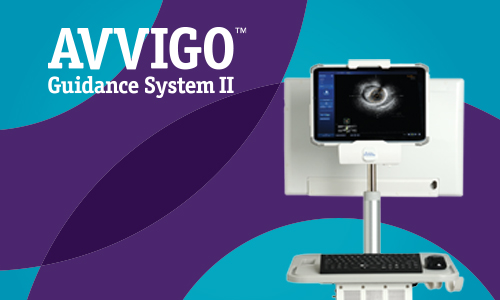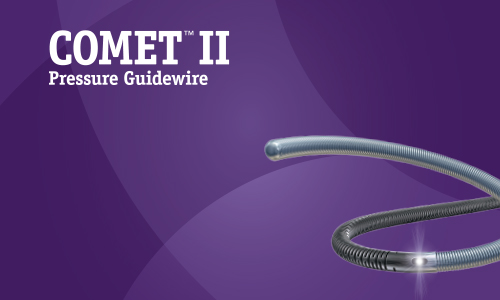Medical Specialties > Interventional Cardiology > Coronary Interventions > Clinical Data > Coronary Physiology
Physiology Data Drives Successful, State-of-the-Art PCI
No two CAD patients are the same. SYNTAX II -- which now shows that more PCI patients can experience CABG-like outcomes out to five years -- emphasizes comprehensive physiology assessment before and after intervention. This functional patient information can impact treatment decisions and preparation, as well as provide clinical value post-procedure.
- Physiologic assessment occurred in 98% of patients.
- 1.4 less lesions per patient treated.
- Changed three-vessel disease diagnoses in nearly 2/3 of patients.
- 46% reduction of the three-vessel ischemic disease diagnosis compared to when no physiology was used.
- FFR-guided stenting reduced rate of composite endpoint of death, nonfatal myocardial infarction, and repeat revascularization (13.2% vs 18.3%).
- Patients with ischemic lesions treated by PCI and MT, versus MT alone, had significantly lower rates of death, MI, and urgent revascularization.


What do I need to know about Physiology?
- Pd/Pa calculates the entire cardiac cycle at rest.
- FFR calculates Pd/Pa during maximal hyperemia
- DFR™ calculates a diastolic portion of the cardiac cycle at rest.
FFR |
DFR |
Pd/Pa |
|
|---|---|---|---|
Type |
Whole-cycle |
Diastolic |
Whole-cycle |
Cutoff |
0.80 |
0.89 |
0.91 |
No Hyperemic Agent Required |
X |
✔ |
✔ |
Inclusion in Appropriate Use Criteria* |
✔ |
✔ |
✔ |
Workhorse Pressure Guidewire Available |
✔ |
✔ |
✔ |









